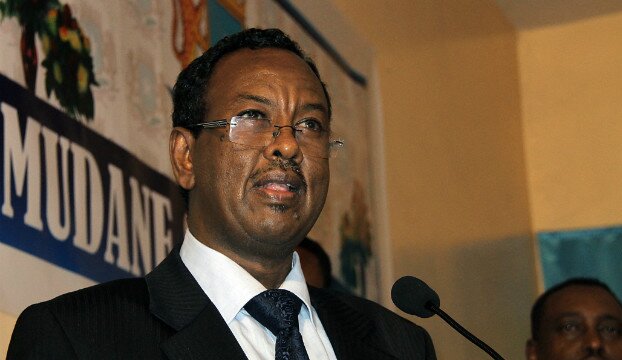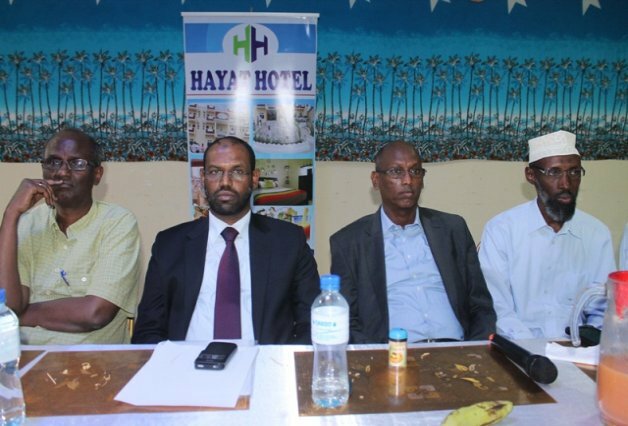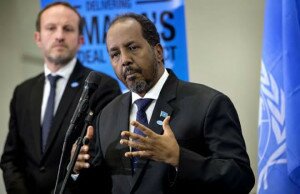In Somalia, The Other Natural Disaster That Nobody Is Talking About
A deadly cyclone slammed the Puntland region of Somalia last weekend to little international notice, wreaking havoc on an already impoverished population.
The most recent death toll estimates at least 300 people dead, and the United Nations believes 30,000 people desperately require extensive aid — a number local authorities put closer to 50,000. Hundreds of people are still missing.
With winds blowing up to 46 miles per hour, the cyclone — which tied for thedeadliest in the history of Somalia — caused extreme flooding throughout the region. Villages were destroyed, 100,000 livestock perished, and fishing boats were lost. A full 65 percent of Somalis depend on livestock for sustenance, while many other rely on fishing for steady income, leveling even more pain on an already near non-existent economy.
Due to the heavy impact of wind and flooding, the region’s already shaky infrastructure is now heavily damaged — for example, a major bridgeconnecting the region’s capital, Garowe, to other cities was demolished by the storm. The lack of infrastructure has hampered much-needed assistance, as deliveries must happen by air or foot. The Somali government is calling for “clean water, non-perishable foods, medicines, shelter materials and blankets.”
Complicating matters further is the awkward political relationship the region has with the rest of the country. While the Somali government in Mogadishu, the country’s capital, insists that all of Somalia is still one country, not everyone agrees. Puntland declared itself an autonomous state in 1998, wishing to have more control over its own destiny while still remaining in a federal Somalia. This has led to tensions with both Mogadishu and the neighboring Somaliland, which proclaimed itself an independent state in 1991.
When compared to coverage of Typhoon Haiyan, the cyclone in Somalia received very little attention either in the media or among the international community, which already struggles to prop up the Somali government and economy. The Philippines, in the days since Haiyan, has received millions of dollars in donations — the U.S. promised $20 million, the U.K. $10 million, and the United Nations $25 million in assistance. In contrast, there has been no comparable outpouring of aid to Somalia in proportion to the damage inflicted.Local agencies currently bear the blunt of assistance. Hampered by infrastructure concerns, the United Nations, as of Nov. 12, had been unable to verify the needs on the ground in Puntland, the first step in providing assistance.
Recently, the Climate Change Vulnerabiltity Index reported that countries in Sub-Saharan Africa are among those in “extreme risk,” due to climate change. The index takes into account the ability to recover from major disasters. In recent years, Somalia has been considered one of the most vulnerable nations, an assessment that appears to be borne out in this instance.
Source: Think Progress
Comments
comments
 Calendar
Calendar






































